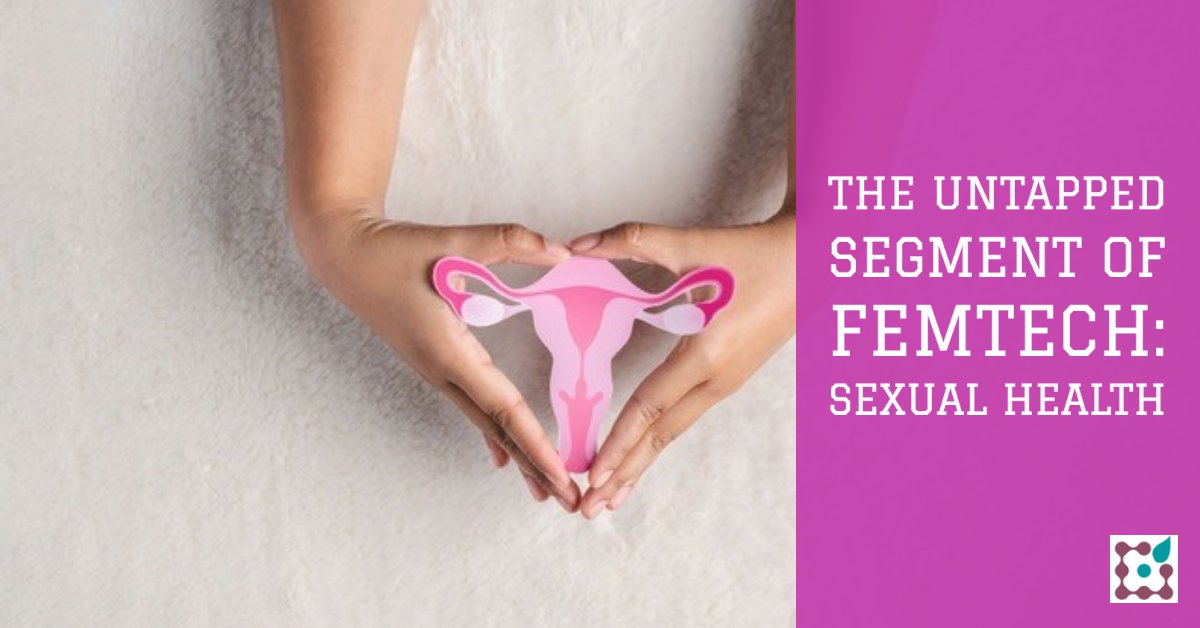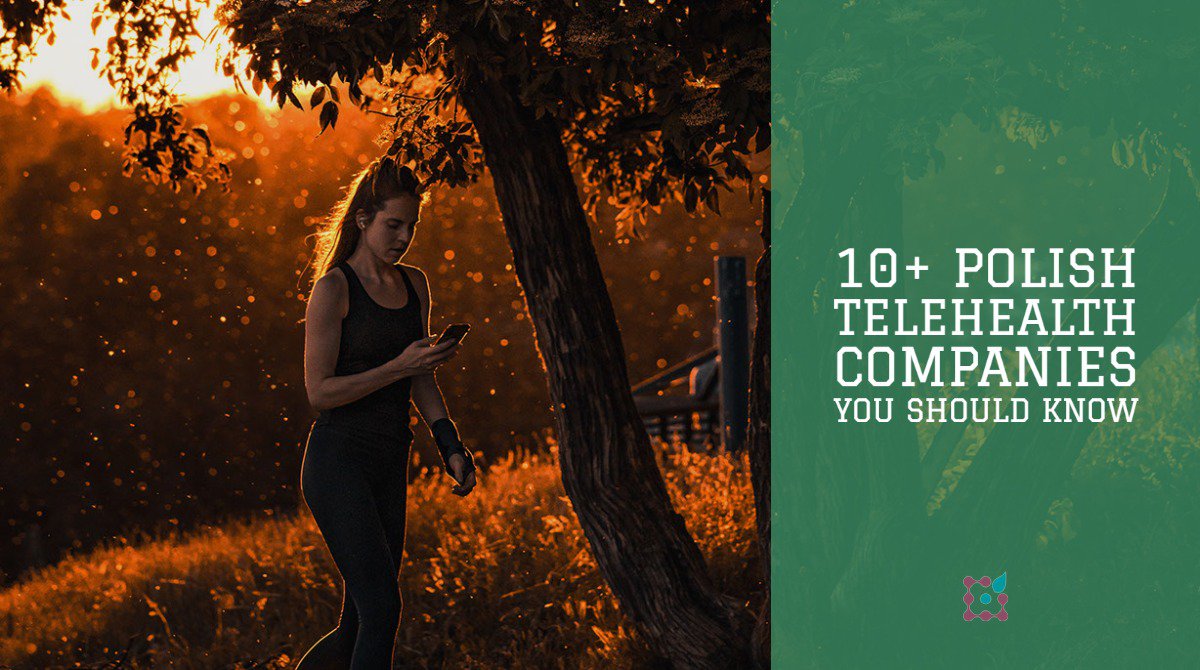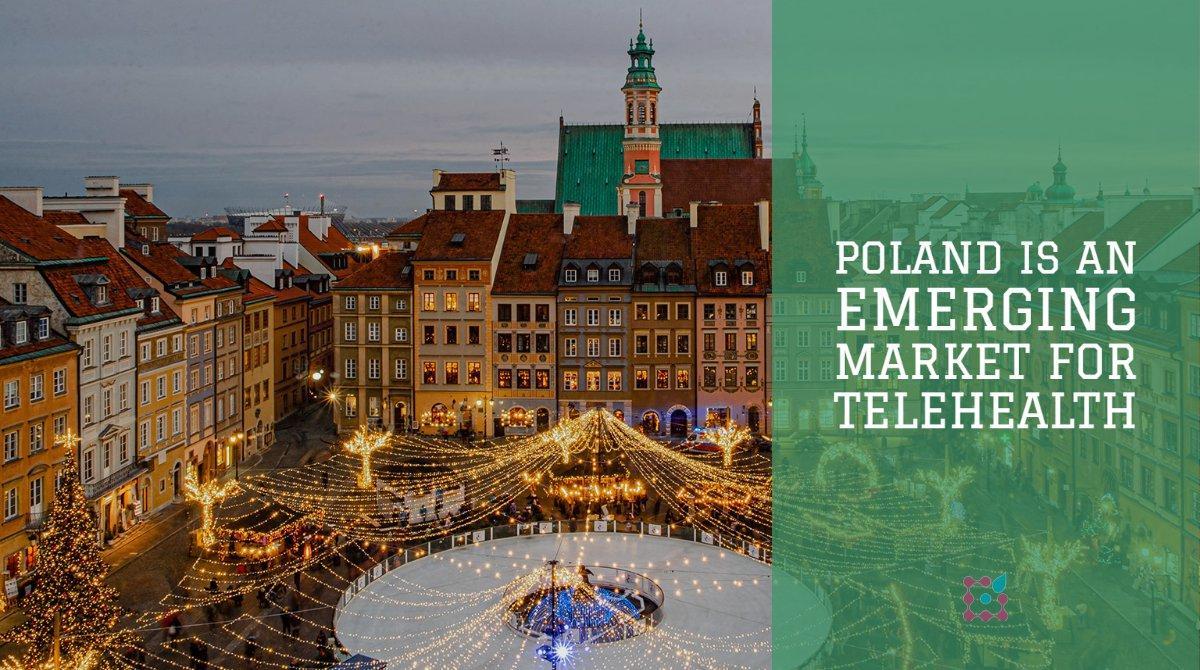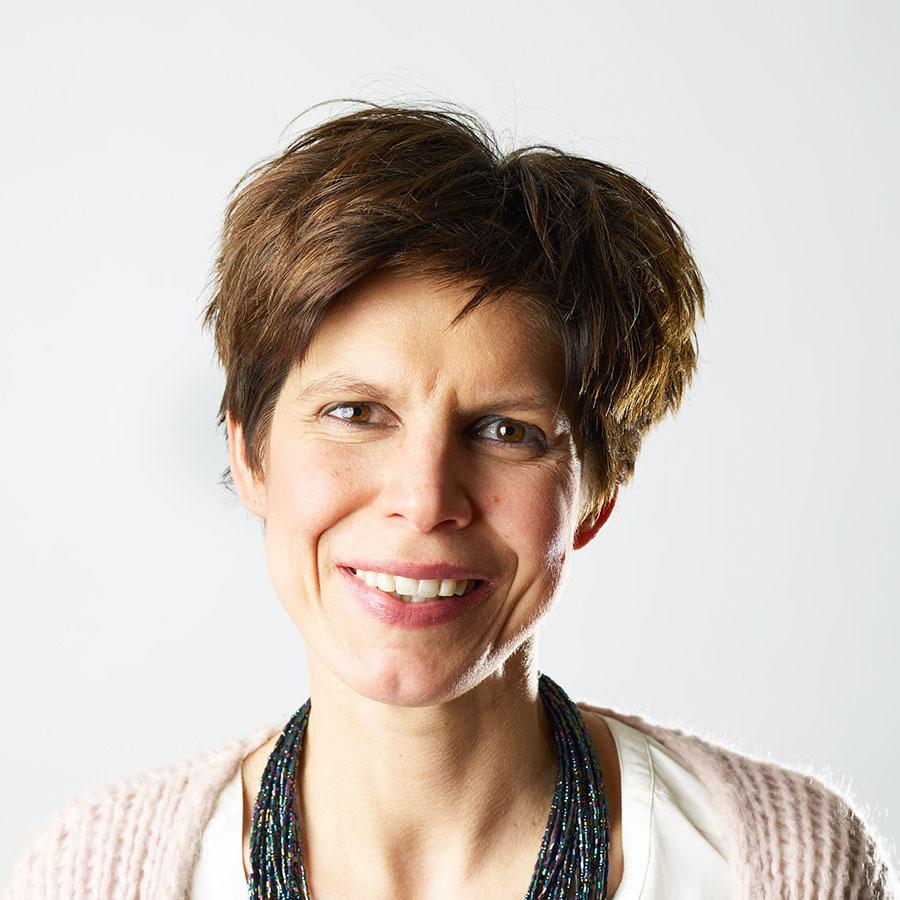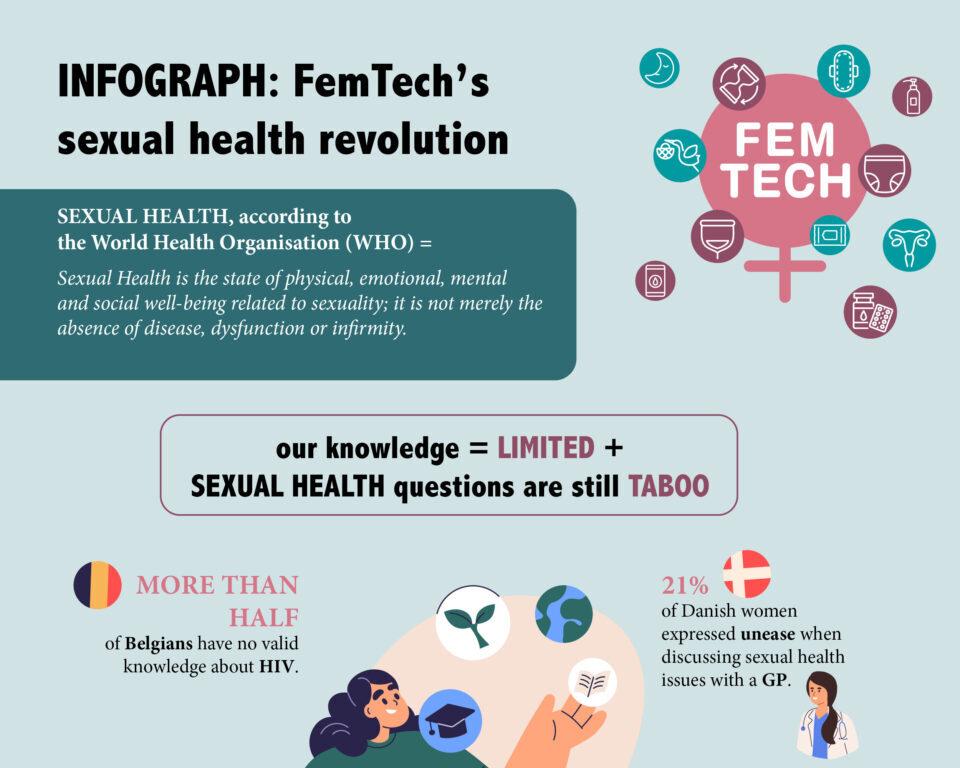Their customer base is more than half of the world population. They develop health solutions for the ones being most affected by ageing and health issues. And they are aware of the fact that working females spend 29 per cent more per capita on healthcare compared to males in the same age group.
I’m talking about FemTech entrepreneurs: a small but growing and booming group of HealthTech startups and scaleups worldwide.
What is FemTech?
They are specifically engaged in building digital health solutions to female health needs:
- reproductive health
- pregnancy & nursing care
- pelvic and uterine healthcare
- general healthcare and wellness
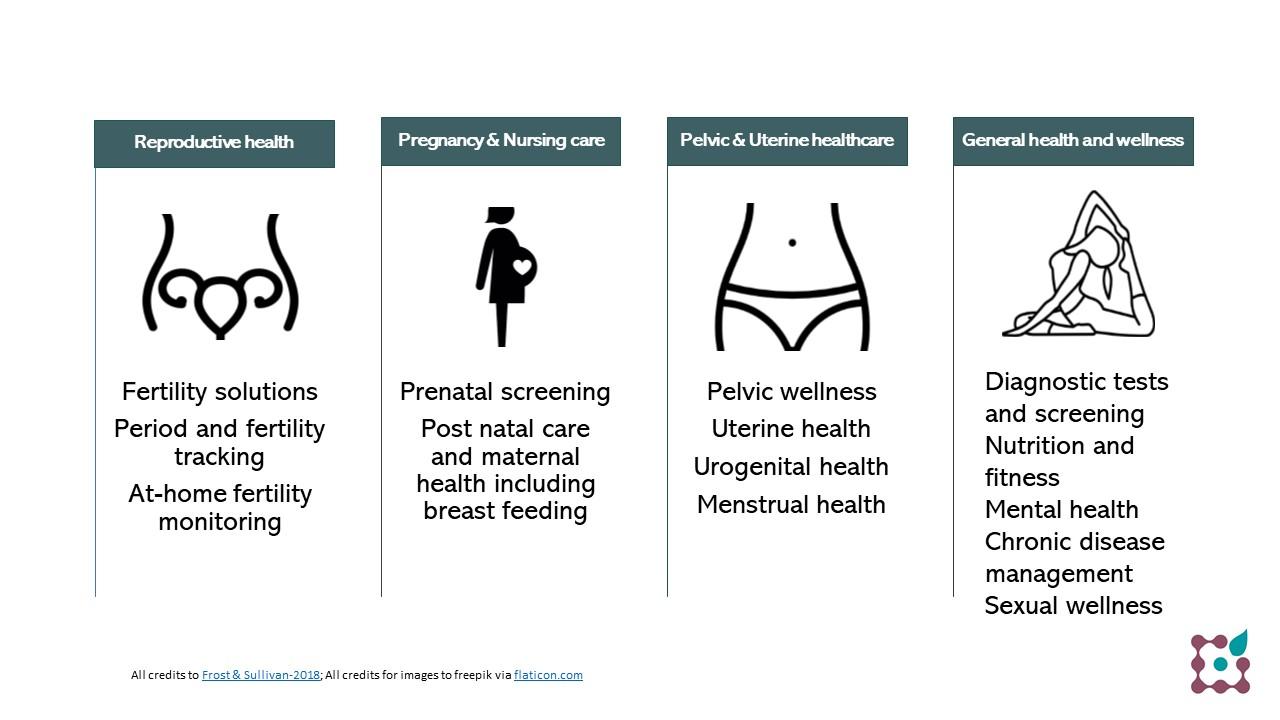
Strong in the USA and rising in Europe
FemTech is strong in the USA, the big and more liberal American health market where Nicole Dahlstrom founded her FemTech collective some years ago. Globally, over 500 FemTech entrepreneurs have joined the collective now.
European women’s health companies keep doing great. And the group is growing: Grace Health (Sweden), Ferly (UK), Adia (UK) and Daye (UK) for example were only founded in 2018.
And we also see FemTech companies in Asia and Afrika.
Market potential and funding
According to CB Insight, the market potential of FemTech worldwide is estimated to be 50 billion dollars by 2025.
And in its latest global healthcare report, women’s health shows to keep a strong investment track. Here are the numbers:
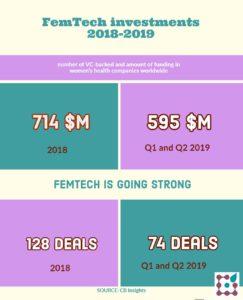
In 2017, already 2% of European HealthTech was situated in FemTech. 2018 was a breaktrough year in Europe and it looks like 2019 is going to be even more successful: for example Elvie (UK), Steadysense (Austria), Daye (UK), Emjoy (Spain) and Pregnolia (Switzerland) had new funding rounds this year, for a total amount of EUR 54 million (Source: Dealroom).
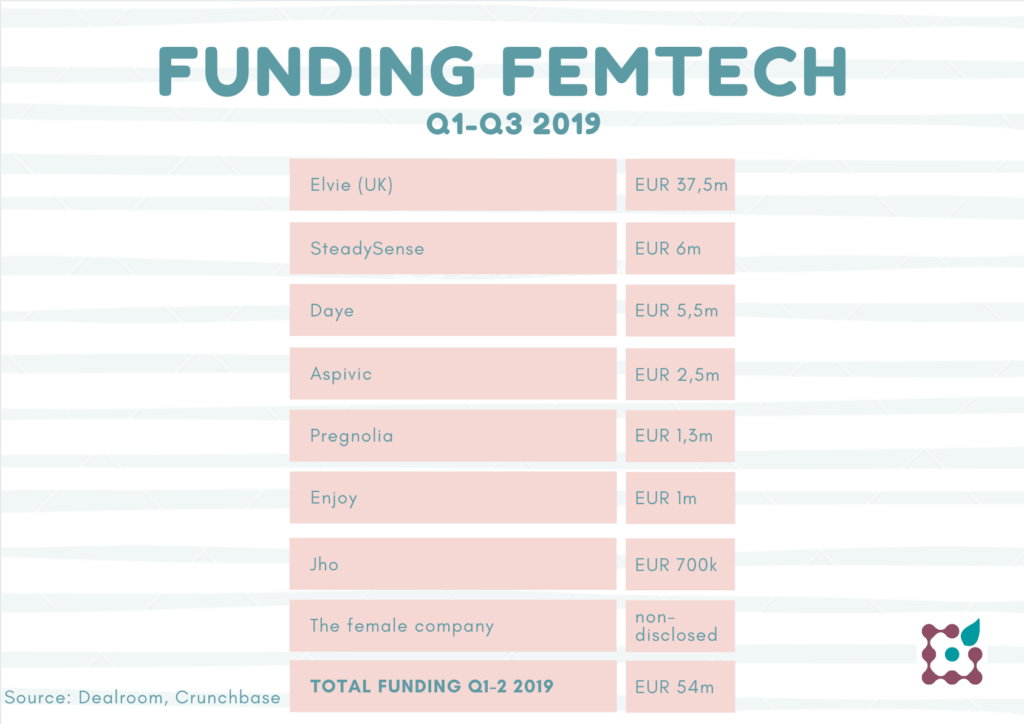
Pelvic trainer and breast pump company Elvie raised EUR 37,5 million this spring and is now one of the fastest growing British tech companies.
If you want to learn more about some of them, feel free to check out the dashplus blog ’10 European women’s health startups and scaleups to watch’ I wrote in 2018.
- INFOGRAPH: FemTech’s sexual health revolution
A stronger European FemTech ecosystem
But of course, statements about ‘breaktrough years’ and top funding are not the only things important to see a growing European FemTech business ecosystem.

European FemTech is getting stronger as it:
- gets the attention it deserves at events, like EU-Startups summit in 2018, or in articles and blogs like these.
- makes partnerships with gatekeepers to reach a shared mission: Pelvic trainer Elvie partnered with the National Health Service (NHS) last year. This might be leading to less pelvic surgeries and cost reduction of 233 million pounds a year for the NHS budget.
- is not only reserved by and for women anymore: male entrepreneurs have (co-)started women’s health companies ObsEva, Sonaura/Fertihome, Natural Cycles and others. Ovy, the Hamburg based menstrual cycling solution of Lina and Eva Wuller even targets men as their customers. We’re 2019 after all.
- bluntly targets the American market while keeping European roots too: European health systems unfortunately are more conservative, but FemTech entrepreneurs do not give up on them (see also next point) while at the same time being very internationally oriented.
- takes a B2C-approach in a traditionally strong B2B market. They know the power of patient engagement. And the numbers I mentioned at the beginning of this blog.
But not all the work is done yet
Some years ago, the biggest risk for FemTech was to be perceived as a niche market: something by and for women, ‘pink painted solutions‘. This has changed definitely.
But not all the work is not done yet.
The gap between female entrepreneurship and investments is still quite vivid.
European health systems should embrace and embed women’s health innovations more quickly. They can do so by making sandbox-partnerships, like the Elvie-NHS one for example, and make real changes based on these cooperations.
Moreover, more research needs to be done on how women’s health issues can be tackled by technology. Women are under-represented in clinical trials.
And last but not least: a big deal of FemTech’s attention is focused on pregnancy and fertility now. Less consideration is given up till now to other female health problems such as menopause, cancer detection, uterine and pelvic problems.
- INFOGRAPH: FemTech’s sexual health revolution
Huge impact and here to stay
European FemTech is getting stronger every year and this is mainly the hard work of women and men who have dared to jump into deep- starting from a bold personal Phd or idea. People like Tania Boler, CEO of Elvie. Or like Ida Tin, founder of ClueApp, who coined the FemTech term for a TechCrunch conference.
They make a real social and economic impact. (And isn’t that the reason for every healthcare entrepreneur to wake up in the morning? )
Think about the development agencies fighting against infant and maternal mortality for example. Think about the chronic diseases and mental stress women face to a higher amount then man.
Think about 66 per cent of female looking for health care information on the internet and you know FemTech is here to stay.
You can find more information on all parts of the European healthcare business ecosystem in the ebook ‘Basics to grow in health’.


